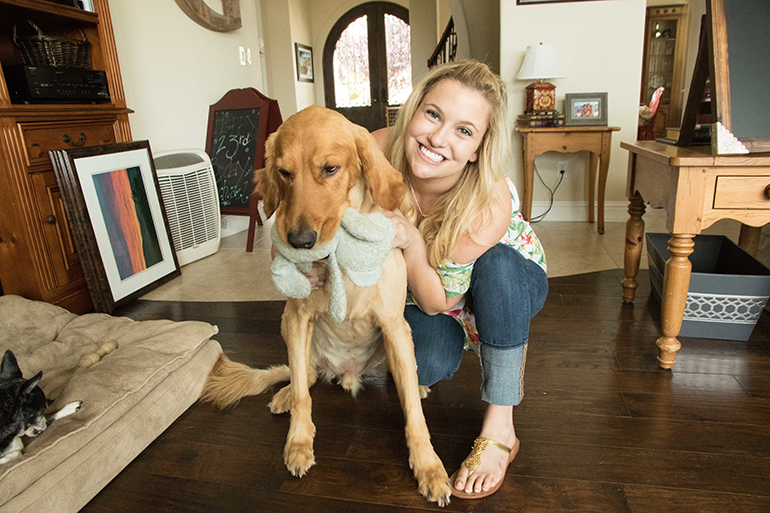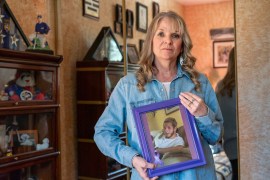Rachael Goldring was born with congenital heart disease. Had she been born a few decades earlier, she probably would have died as a baby. Now 24, Goldring is part of a population of patients who present new challenges to a health care system unaccustomed to dealing with survivors of once-fatal conditions.
There are now more adults than kids living with some of these diseases, and medical training lags behind. Young adults who can’t find suitable doctors may drop out of care, and their conditions may worsen.
Goldring’s condition was pulmonary atresia with tetralogy of Fallot. She was born without a pulmonary valve directing blood from her heart to her lungs. It’s the condition that talk show host Jimmy Kimmel’s baby was born with this spring.
“I had my first surgery when I was 9 months,” Goldring said. “Now, they do it from birth.”
Her condition has also meant three more surgeries, a heart valve replacement, complicated secondary diseases and a lifetime in and out of doctors’ offices. “I just celebrated my one-year anniversary of staying out the hospital for the first time since birth,” she said. “So, this year, knock on wood, it’s been amazing.”
But she fears it might not last. Right now, she’s in limbo between pediatric and adult medical care. For Goldring, finding a good doctor could be a matter of life and death.
Today, congenital heart disease survivors can live well past childhood. Dr. Patrick Burke, a pediatrician at Valley Children’s Healthcare in Madera, Calif., said other once-fatal ailments like sickle cell disease and spina bifida have undergone similar advances.
“This is the so-called medical miracle promised to our parents and grandparents,” Burke said, adding that miracle kids like Goldring grow up to be complicated adults. “The job’s not done after the surgery or the initial treatment. Many if not most of these conditions require ongoing medical care — lifelong medical care.”
Burke is in charge of a new program at his hospital in the new field of “transitional care.” He said many conditions worsen around age 18, just as children age out of pediatric care. For instance, he said, that’s when patients with congenital heart disease suffer complications with their blood and organs. The trend is particularly stark for cystic fibrosis.
“We’re seeing this spike of deaths that are happening in the early 20s. And it’s bizarre,” he said.
Pediatrician Megumi Okumura at the University of California-San Francisco became interested in this transition during her residency in the early 2000s. She would see 40- and 50-year-olds in pediatric wards. The reason, she said, partly lies with our fragmented health care system.
“They are transferring from differing systems of care,” she said. “We have siloed pediatric-based care to adult-based care. We have different funding streams and programs.”
Now, Okumura and other researchers are looking for ways to remove what she considers artificial barriers. Clinics around the world are trying out new strategies like giving non-pediatric doctors more training or bringing in transitional specialists to connect chronically ill young adults with new providers.
Goldring is fortunate in that she can remain with her pediatrician until she finds the right adult provider. She’s working on the transition, but at the moment, she’s much more focused on another transition: She’ll get married in October.
This story is part of a partnership that includes Valley Public Radio, NPR and Kaiser Health News.








